Vietnam is a multi-ethnic country, Vietnamese culture is a culture of unity in diversity, each ethnic group is honored and proud to contribute the most quintessential values to build and develop an advanced Vietnamese culture, imbued with national identity.
Lullabies are an intangible cultural asset of special value in the Vietnamese folk music treasure because most of the 54 ethnic groups in our country have lullabies with unique national identities. Over the past 20 years, musician Lu Nhat Vu and poet Le Giang, along with a group of Vietnamese folk song researchers, have been traveling all over the Mekong Delta and the Southeast region to collect "precious pearls" that are at risk of being lost in oblivion. These are the folk songs, folk melodies, and folk songs that remain in the memories of elderly artisans who are always worried about the loss and fading of the "spiritual assets" left by their ancestors for many generations. Colleagues who both respect and admire them have called the work of collecting and researching folk songs by musician Lu Nhat Vu and poet Le Giang "a journey to find pearls" - rare pearls of their ancestors.
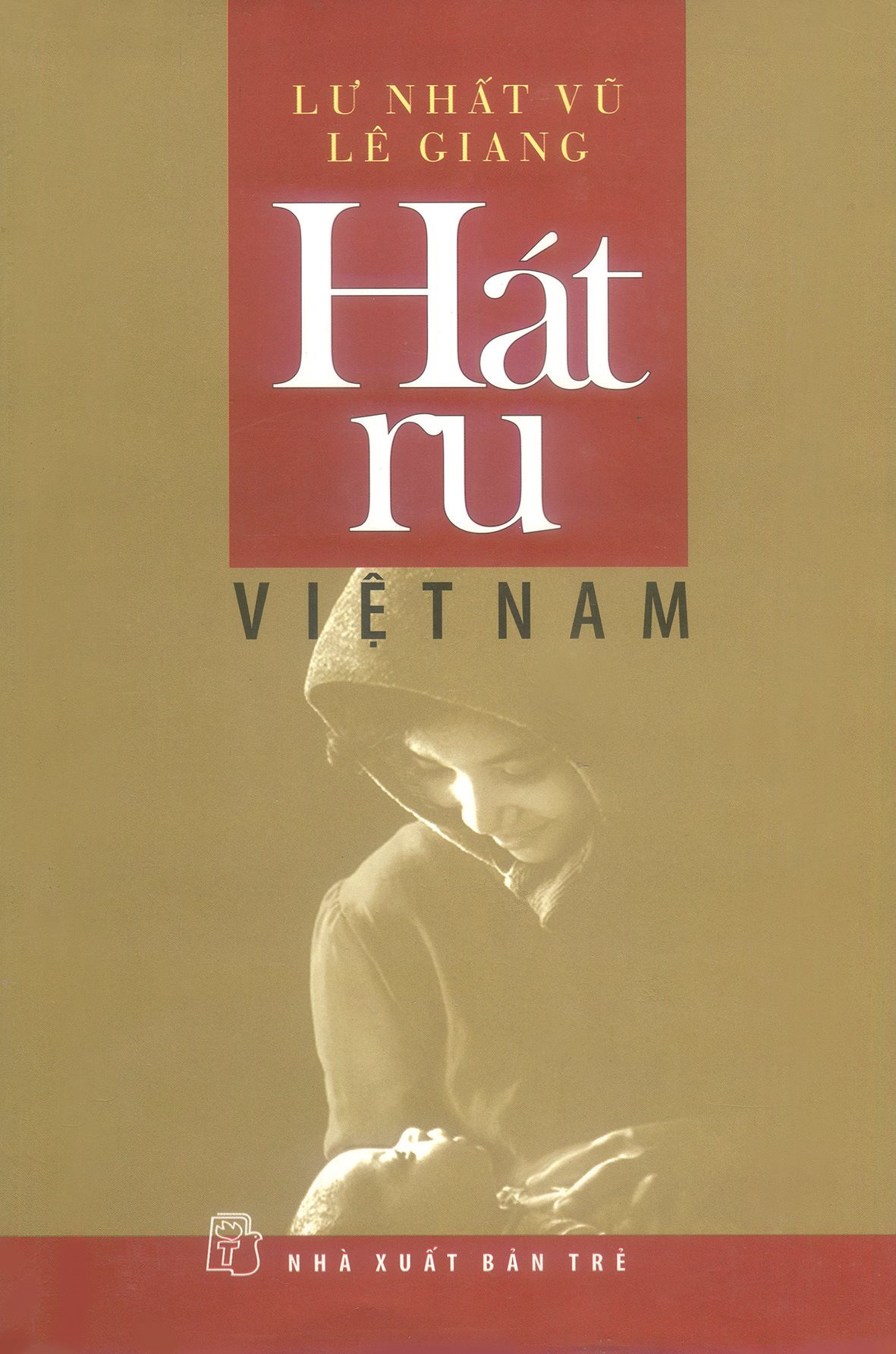
Up to now, readers nationwide have been able to hold in their hands extremely valuable works published by the research group Lu Nhat Vu - Le Giang, which are the books: Ben Tre Folk Songs, Kien Giang Folk Songs, Hau Giang Folk Songs, Cuu Long Folk Songs, Song Be Folk Songs, Dong Thap Folk Songs, Binh Duong Folk Songs, Long An Folk Songs, Tra Vinh Folk Songs, Southern Folk Songs, and especially the monograph on "Vietnamese Lullabies", more than 500 pages thick, large format and elegantly printed. The book opens with a very elaborate introduction by Professor-Artist To Vu - former Deputy Director of the Vietnam Institute of Music Research. Discussing the special value of lullabies, the Professor-Artist said: "... Folk lullabies, throughout the history of art from East to West, have always been a source of inspiration, support and model for professional composers. More than any other type of folk song, lullabies have soon “infiltrated” stage music, turning into “arias” in Western musicals or “melody” in traditional Vietnamese operas. In vocal music, it has become famous “art songs”…”. Next is the essay by musician Lu Nhat Vu entitled Vietnamese Lullaby Styles - which is also part I of the book. This is the main content, including 2 chapters; in-depth research, scientific analysis of the structure and unique features, contributing to the value of Vietnamese (Kinh) lullabies and lullabies of ethnic minorities in the Vietnamese ethnic community. The second and third parts focus on introducing 75 Vietnamese lullabies, 77 ethnic minority lullabies and folk songs used for lullabies with the following contents: Gratitude for the upbringing of parents, traditional morality, manners of conduct in life, burning desire for love and happiness in couples with many rich and diverse emotions. Readers will meet here familiar lullabies of Vietnamese people spread across the three regions of the S-shaped country, and fill their spiritual baggage when coming into contact with the unique lullabies of ethnic minorities. The fourth part of the book selectively introduces 16 articles by famous musicians, researchers, and poets at home and abroad such as: scholar Vu Ngoc Phan, poet Xuan Dieu, poet Ra-sun Gam-da-top (Daghetxtan - former Soviet Union), Professor Tran Van Khe, Associate Professor Tu Ngoc; musicians Phan Huynh Dieu, Tran Hong, Pham Phuc Minh, music researcher Van Minh Huong, poets Nguyen Duy, Le Giang, writers Tram Huong, Nguyen Thuy Ai, and excellent teacher Pham Thuy Hoan. Each person has different thoughts and feelings about lullabies, but in general, most agree: Lullabies are a precious spiritual asset of the nation, have a very long history, and are the first melody to touch the human heart from the moment they open their eyes to birth.
The Appendix of the book introduces 34 songs developed from folk melodies typical of regions and areas that are widely loved by the public. Some typical songs include: Mother loves her child (Nguyen Van Ty), Lullaby (To Vu), The grace of birth (Duong Thieu Tuoc), Lullaby on the field (Tran Hoan - Nguyen Khoa Diem), From the top of the mountain (Nguyen Nhung), The storks in the mother's lullaby (Pham Tuyen - Che Lan Vien), The rose pinned on the shirt (Pham The My), Mother's heart (Y Van), Lullaby of the country (Van Thanh Nho), Mother's folk songs (Trinh Cong Son), Mother gives me a rustic song (Lu Nhat Vu - Le Giang), My mother (Xuan Hong), Happy mother's birthday (Tran Long An)... This also helps explain and reaffirm that the lullabies of our ancestors are an inexhaustible source of inspiration for composers today and forever.
“Vietnamese Lullabies” is an indispensable book for those who are deeply interested in folk music in particular and Vietnamese culture in general. I would like to borrow the extremely subtle and profound comment of Professor and Artist To Vu to end this rambling article: “…Lullabies are not just for…lulling - they are also the key to opening the soul (emotions and intelligence); the character of Vietnamese women, and not only women, it is also the sentiment of Vietnamese farmers throughout the history of the nation…”.
(*) Vietnamese Lullabies - Compiled by: Lu Nhat Vu - Le Giang - Tre Publishing House - Ho Chi Minh City, 2005.
Source





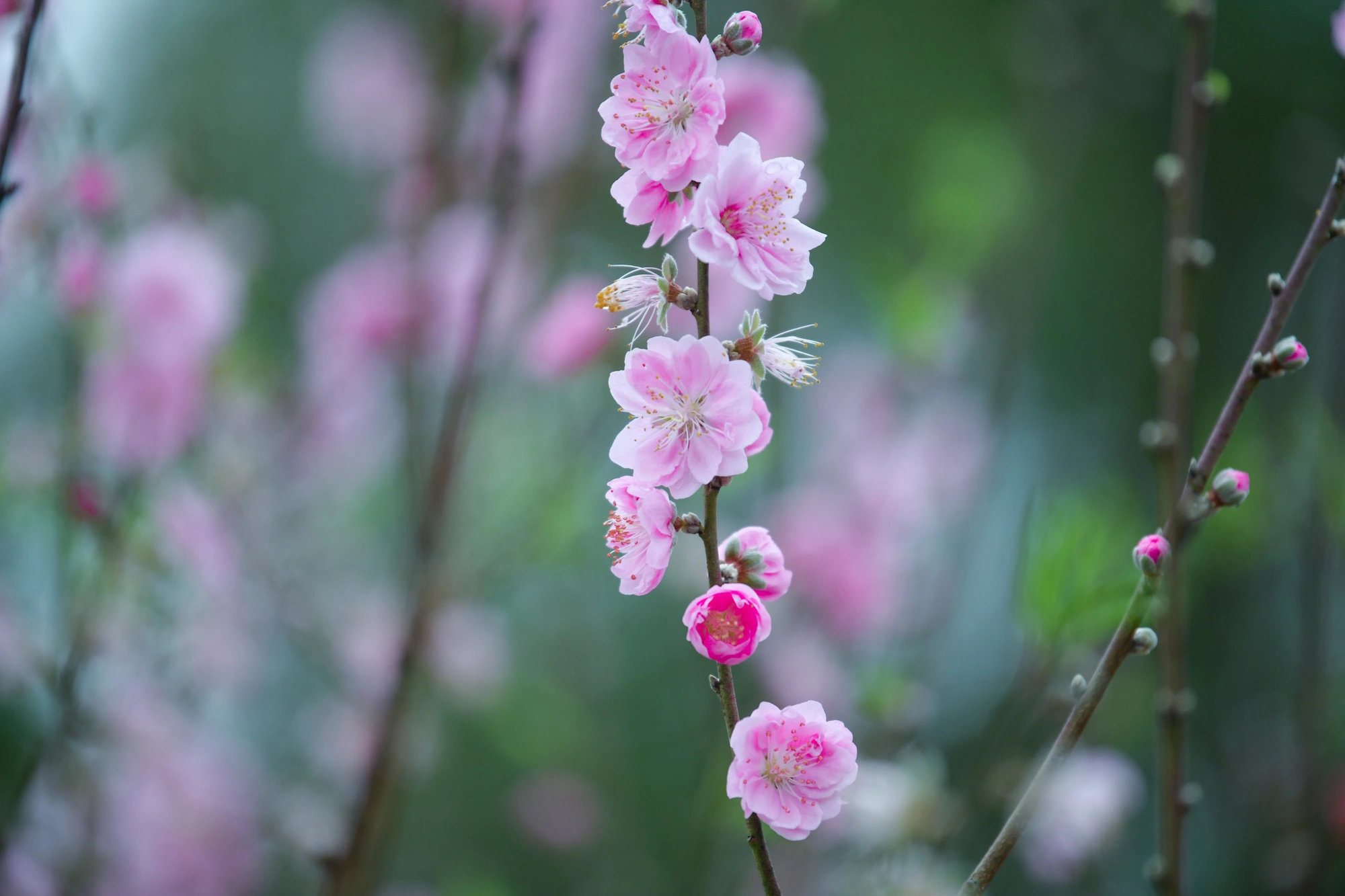

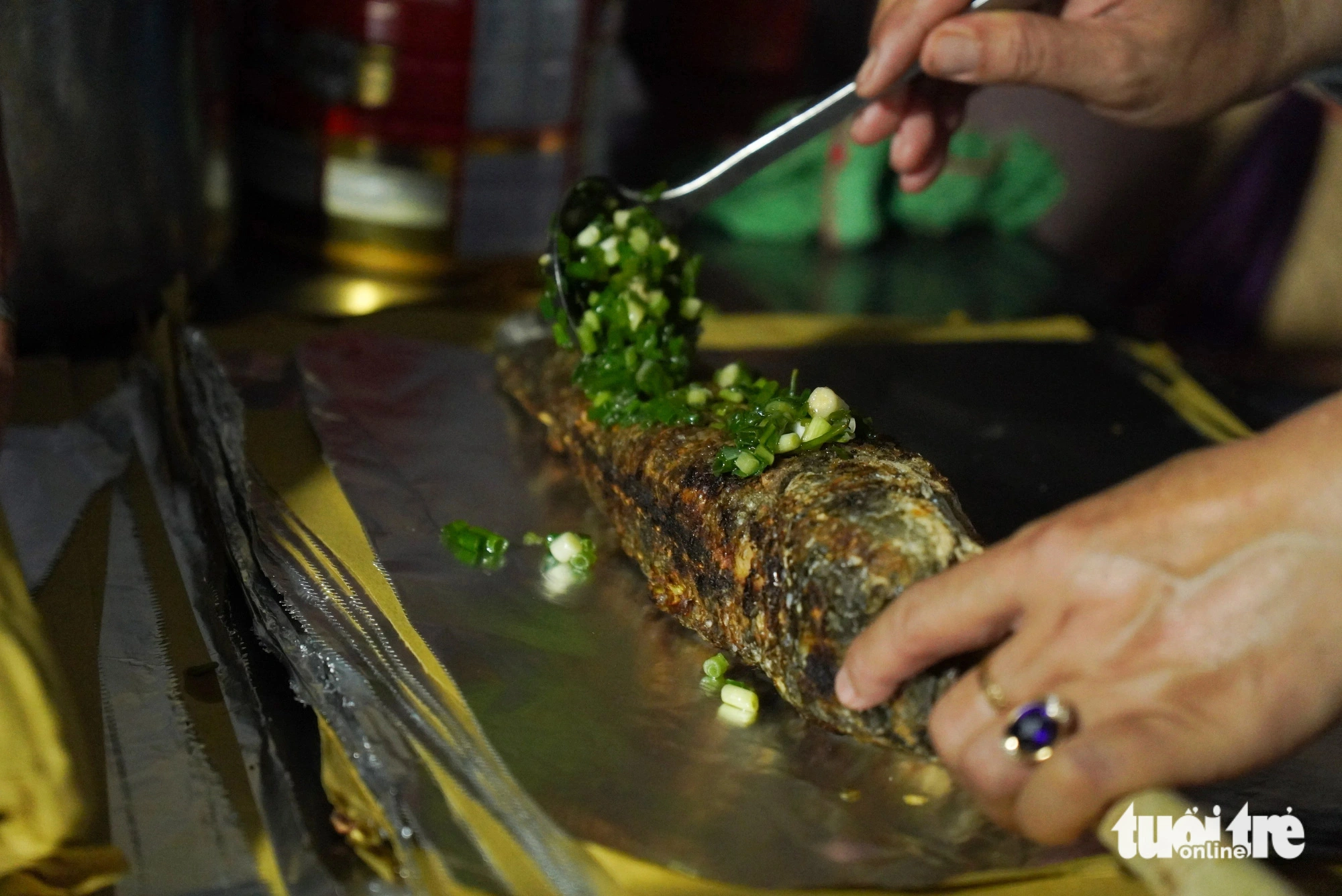




















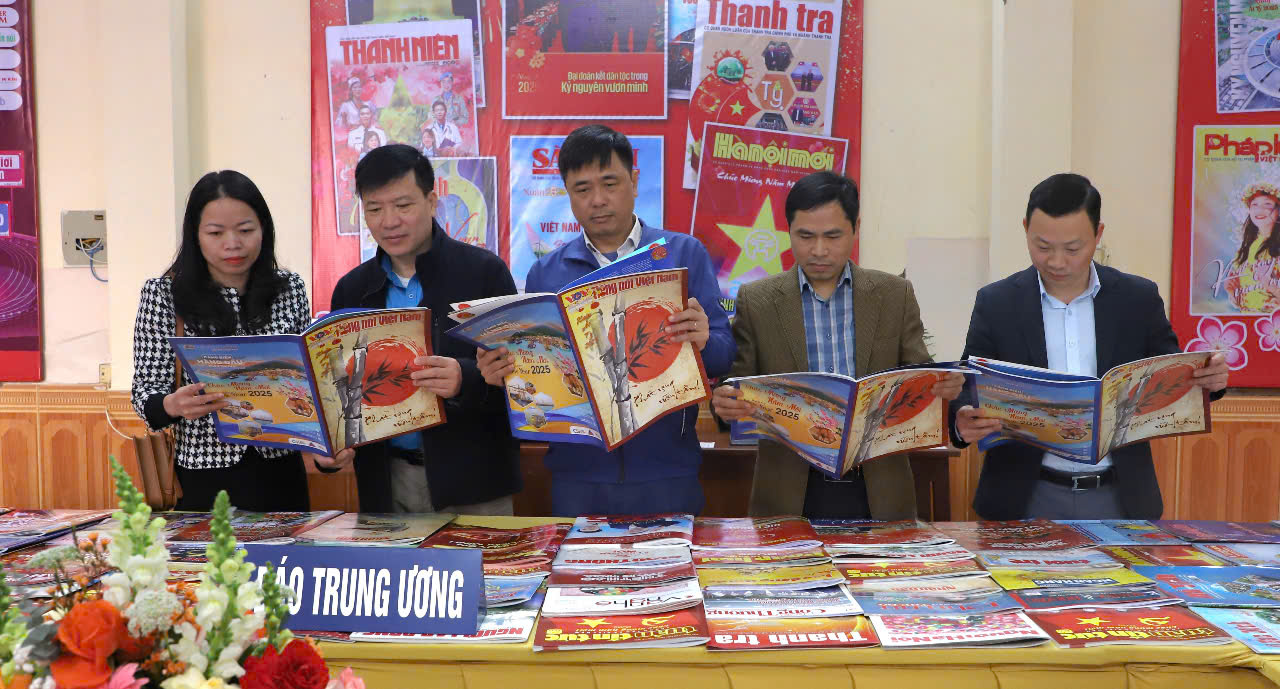

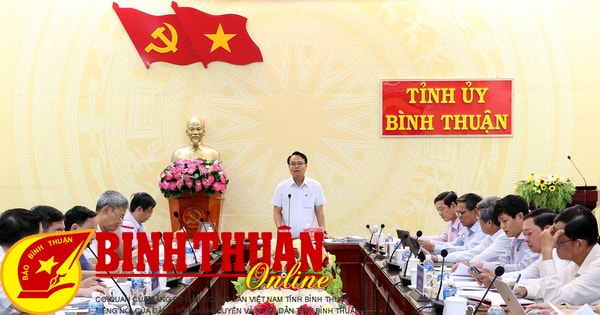
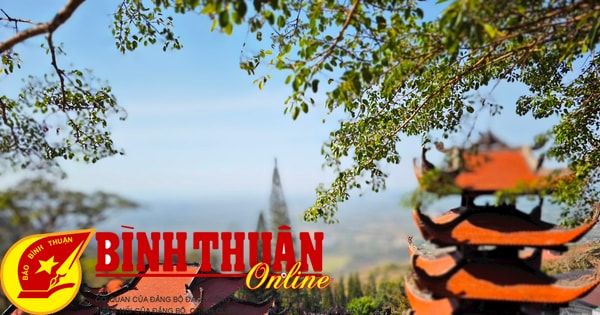
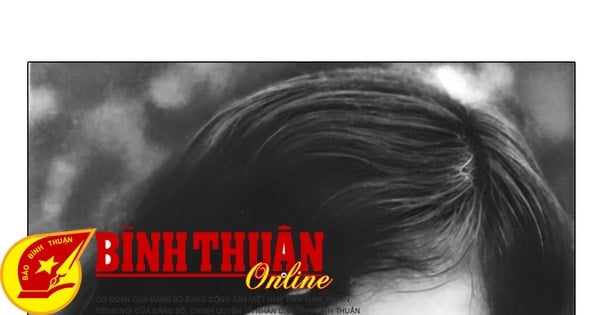
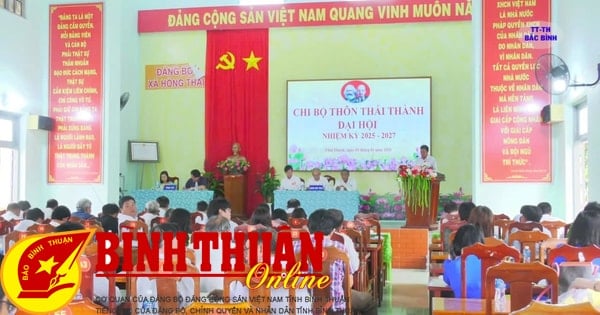
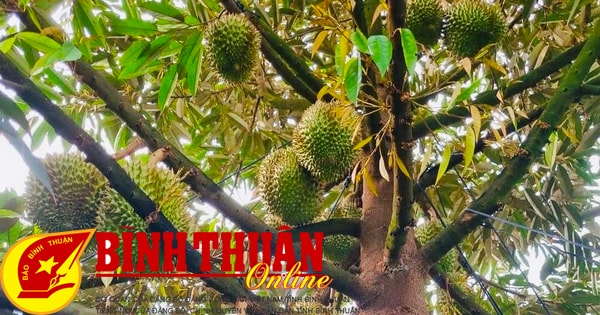
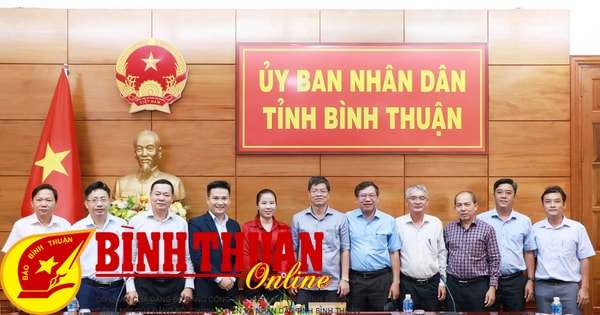
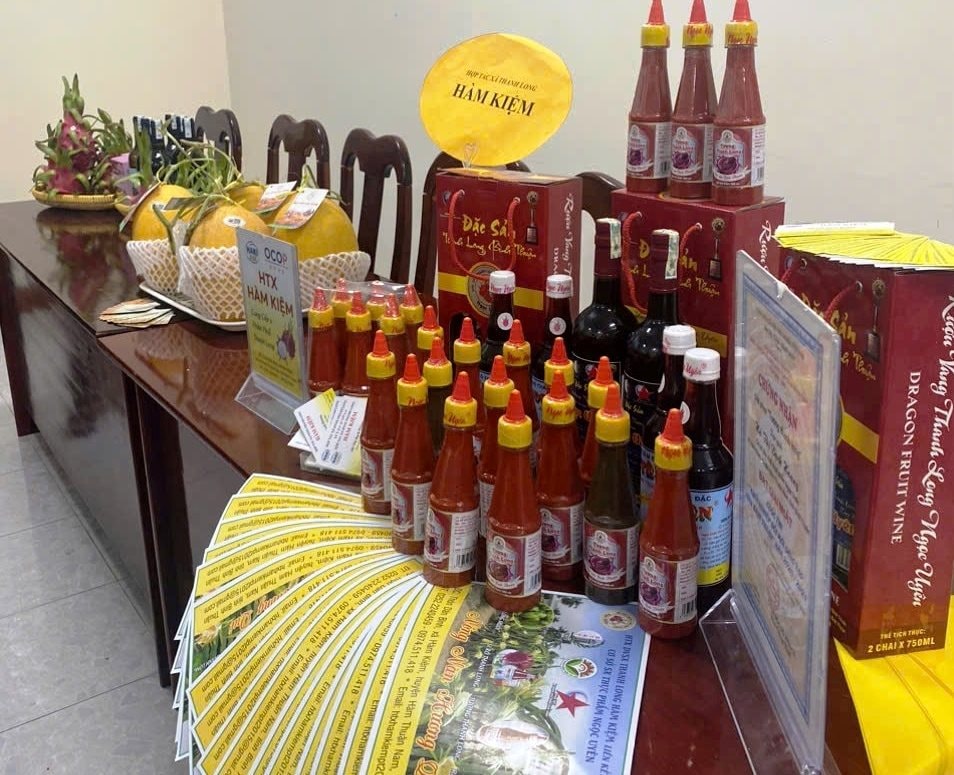
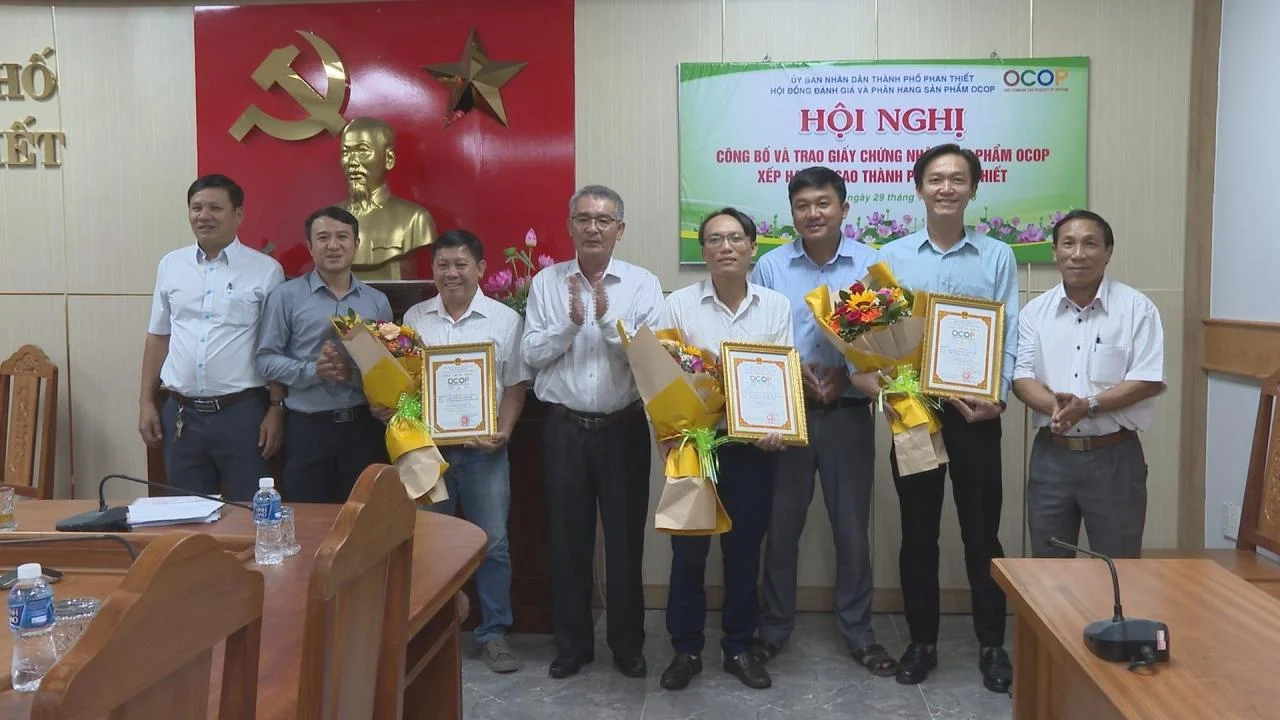
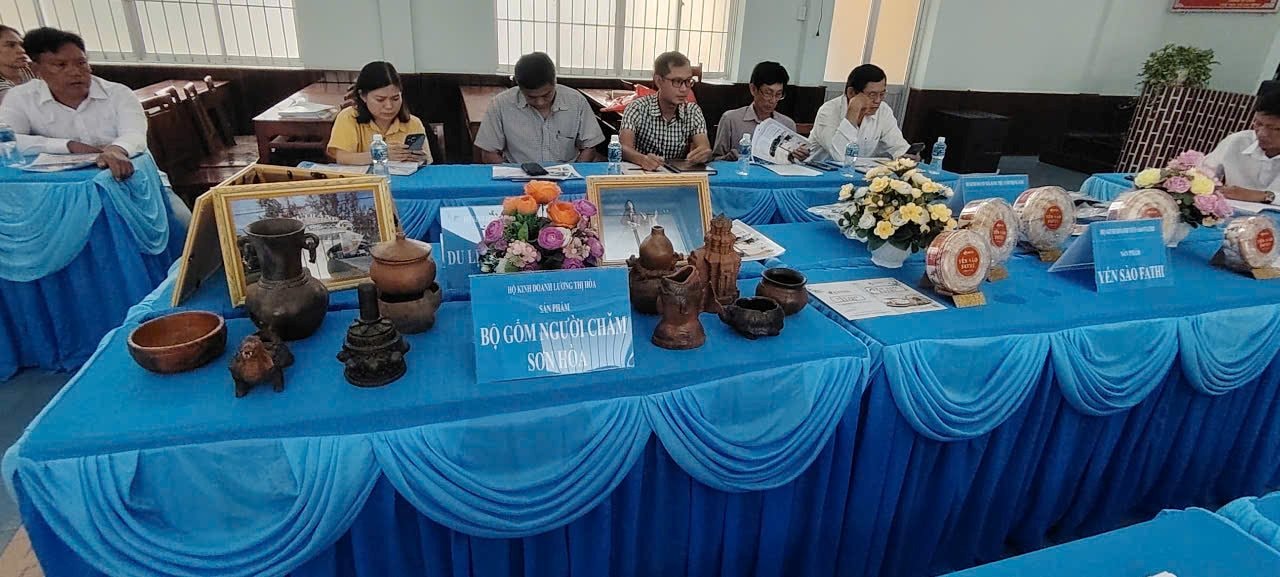

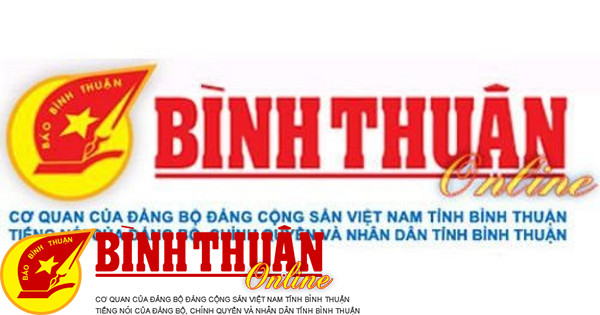

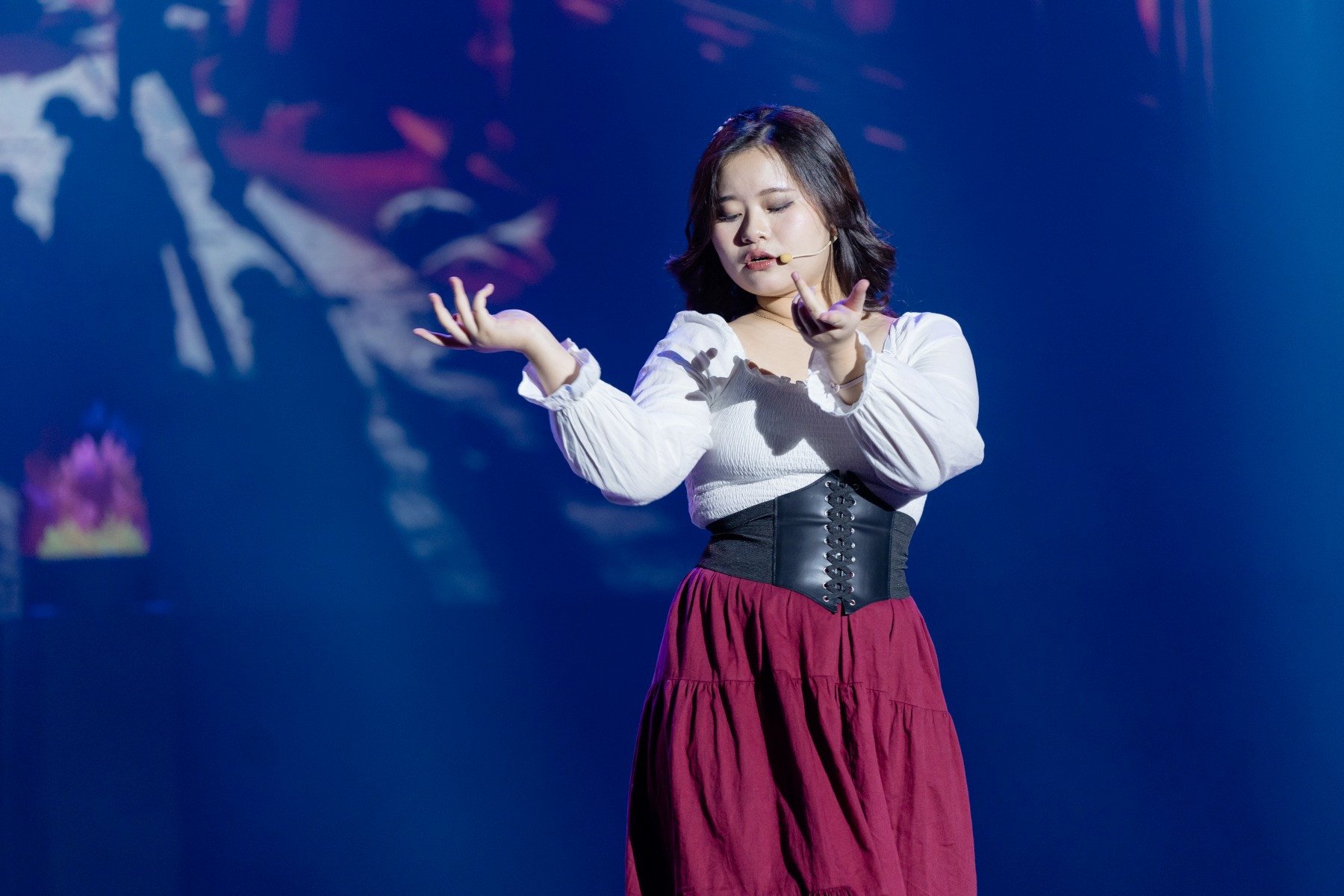



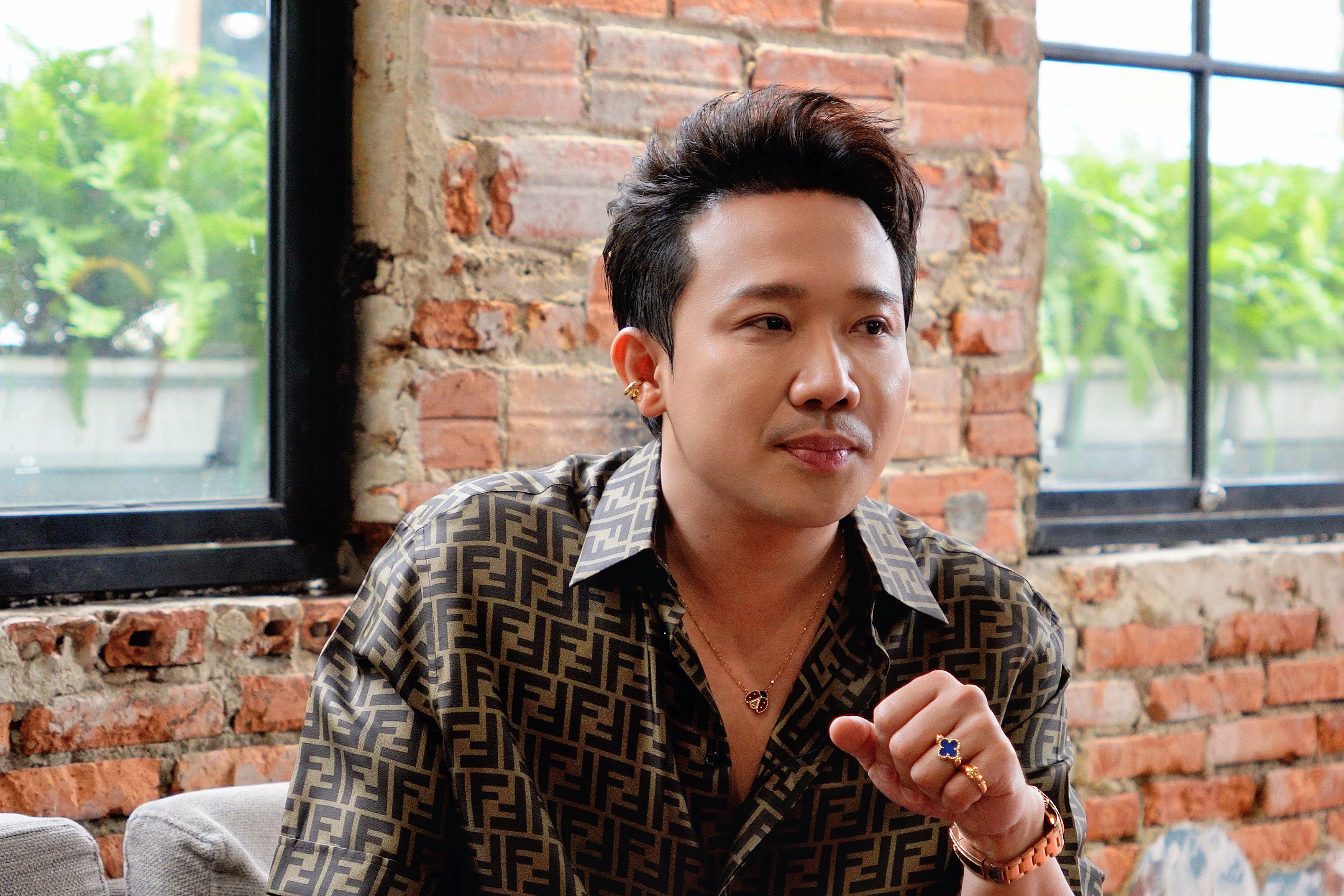



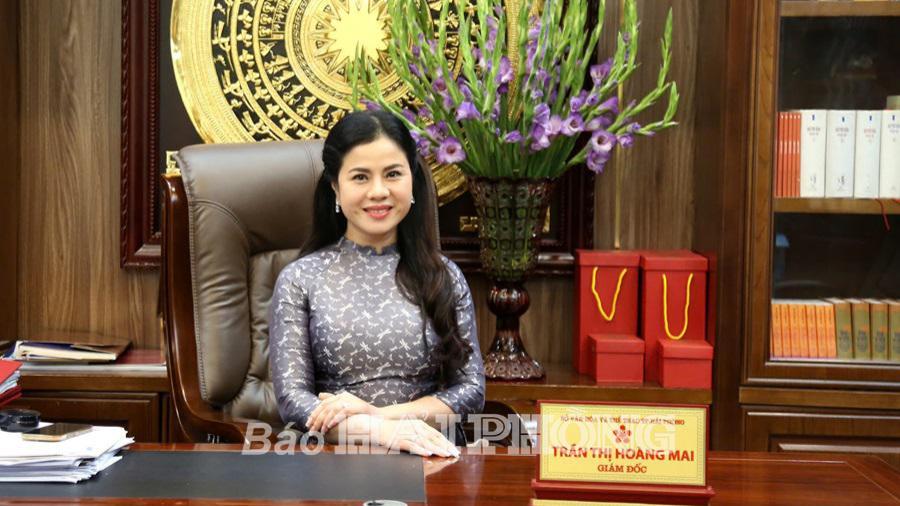

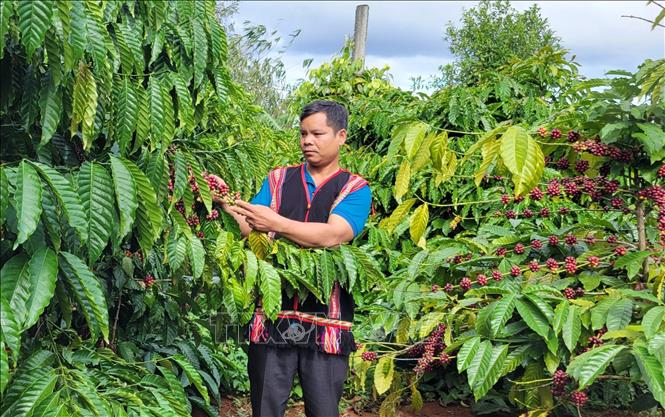





Comment (0)